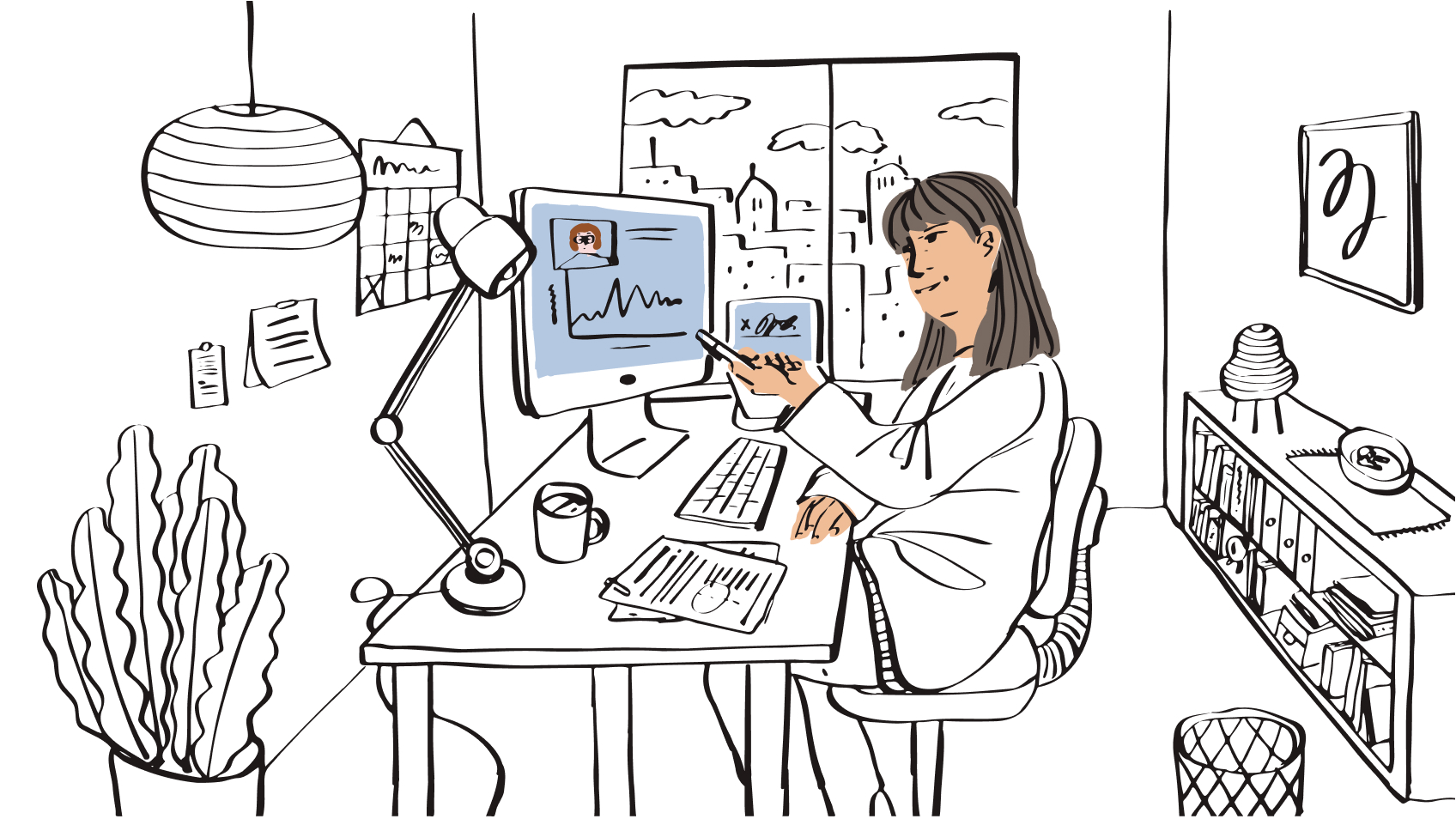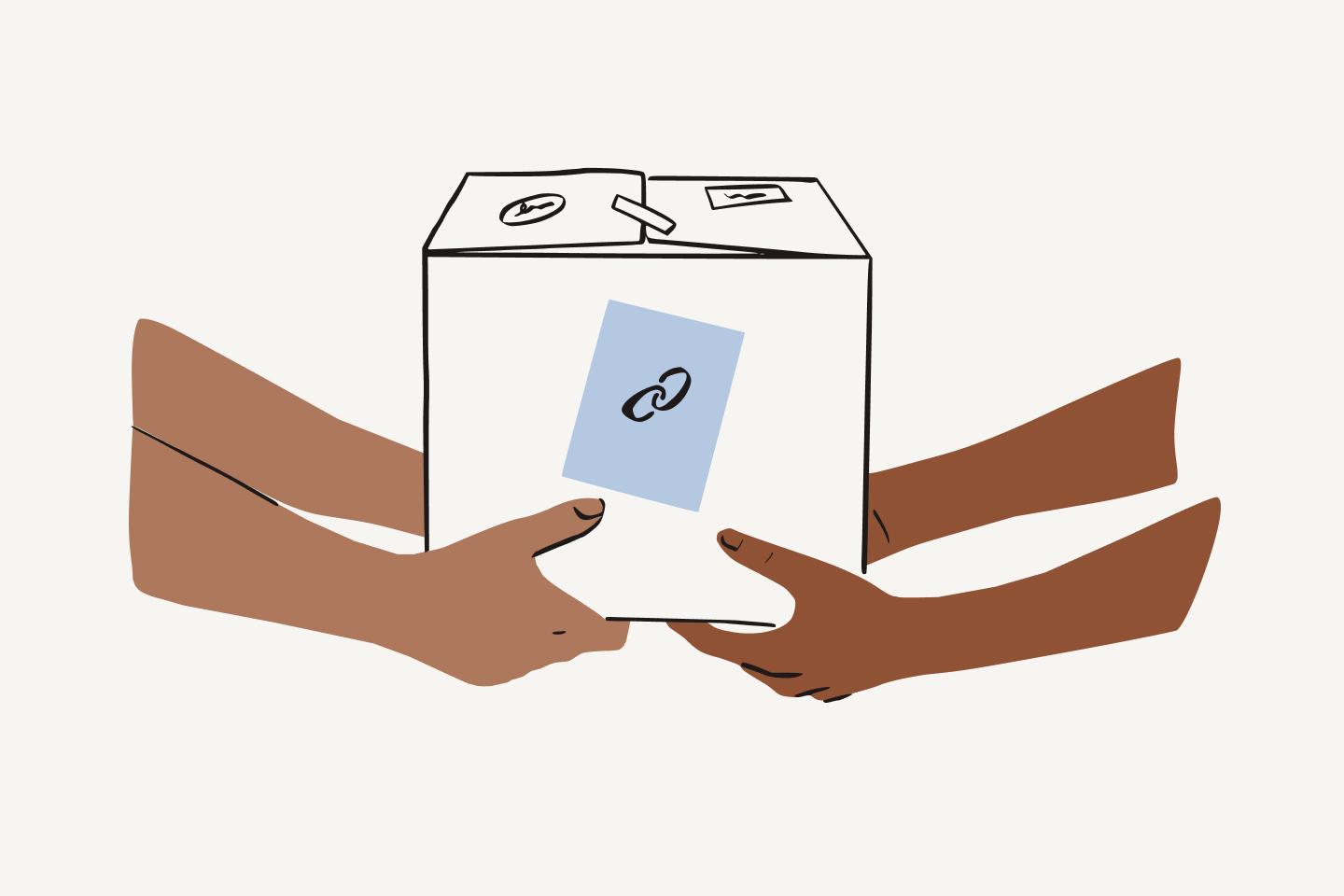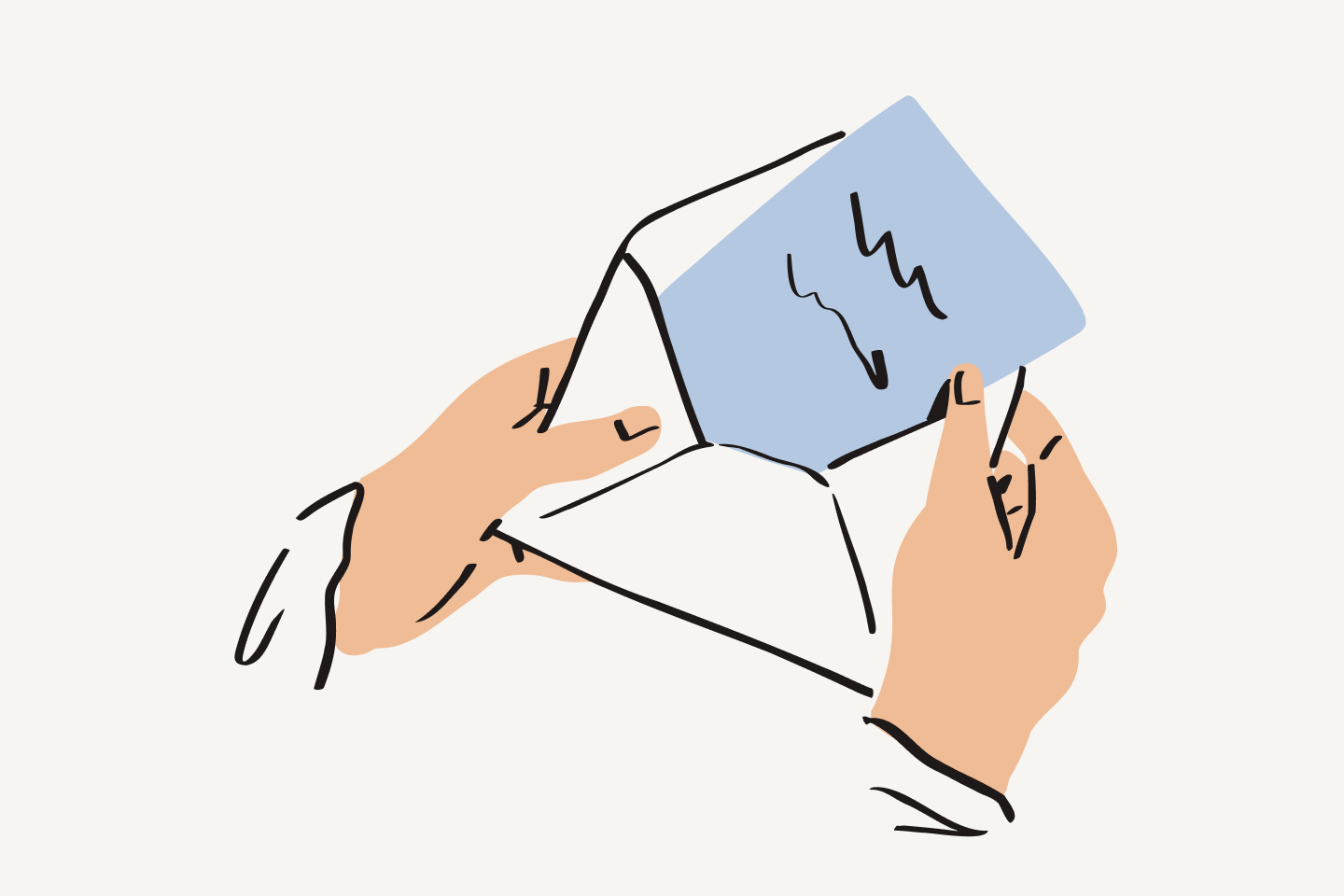Step 1: Categorize your meetings
Look ahead to meetings on your calendar that you own. If you can’t remove it entirely while still moving the work forward, bucket the meeting into one of two places: advise, where your primary function is to advise others (e.g., a 1-to-1 or brainstorm session) and action, where your primary function is to take action (e.g., a recurring project check-in).


